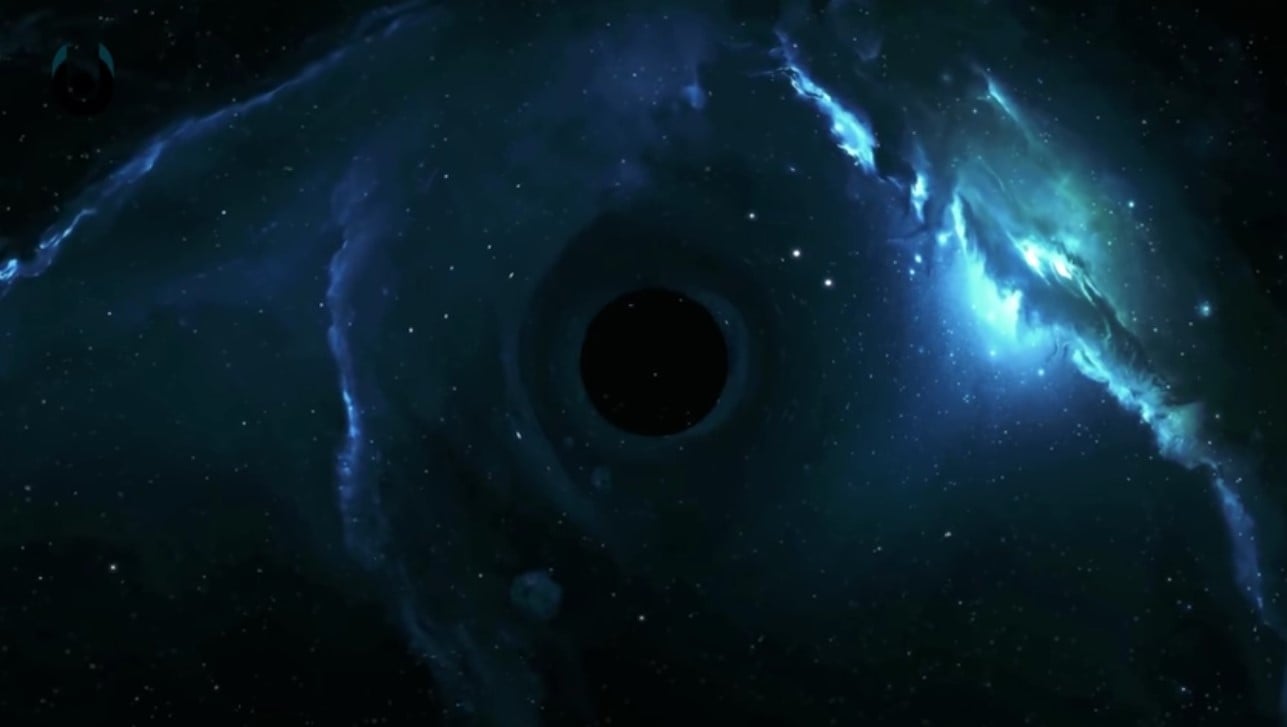Last week scientists announced that they had recently caught a distant supermassive black hole burping, and not only once, but twice. Although scientists had already had a record of a black hole belching, they didn’t have any evidence of it doing it more than once. The supermassive black hole had been feasting on gas, until it burped out a high-energy particle cloud before going into a “nap” again which lasted a few thousand of years. It woke up again, and repeated the same procedure. Still, what is the reason behind a supermassive black hole belching, what does this phenomenon say about physics?
Strong gravity and magnetic force
Black holes are surrounded by strong gravitational and magnetic interactions. Those forces can drag large amounts of matter in, which can create a veil of dust and gas. While the supermassive black hole “eats” all the gas that surrounds it, there is an amount of gas which gets ejected in the form of a strong belch. Those burps are outflows of high-energy particles, which astronomers observe with X-ray images.
Not the first time
As mentioned previously, scientists have already observed supermassive black hole belching before. However, the image reveals the black hole, located in the J1354 galaxy which is 800 million light years away, had two burps within 100,000 years apart. Basically, that would mean that black holes can shut their power outlet down and up in a short space of time. Although 100,000 years sounds huge, in terms of space it is minute, given that the universe itself is expected to have begun 13.8 billion years ago.
“We are seeing this object feast, burp, and nap, and then feast and burp once again, which theory had predicted,” said Julie Comerford of the University of Colorado, who led the study, in a statement.
Supermassive black hole belching contribution to physics
The knowledge of repeating supermassive black hole belching could have huge implications for physics. Scientists had already predicted the possibility of repeated belching, but they hadn’t yet seen it coming from the same black hole.
Scientists carefully researched and analyzed the surroundings of the supermassive black hole in the J1354 galaxy in order to determine what could have caused its second belch. The team behind the study believes that the supermassive black hole “activated” again due to the nearby galaxy collision which resulted in sending out gas which swirled toward the black hole. The black hole regularly ate, burped again, and then went back into a nap, just like the first time.
The research also indicates that our own supermassive black hole located at the heart of our own galaxy, the Milky Way, could produce burps repeatedly. It has already been noted to burp before and is, at the moment, napping until there is the next big feast it could feed from.
“Our galaxy’s supermassive black hole is now napping after a big meal, just like J1354’s black hole has in the past. So we also expect our massive black hole to feast again, just as J1354’s has,” CU postdoctoral fellow Scott Barrows said in the statement.
The team’s findings were presented in a Jan. 11, 2018 press conference at the 231st meeting of the American Astronomical Society, which was held in Washington D.C. The research was titled “An Active Galactic Nucleus Caught in the Act of Turning Off and On” and is available in the Astrophysical journal.





